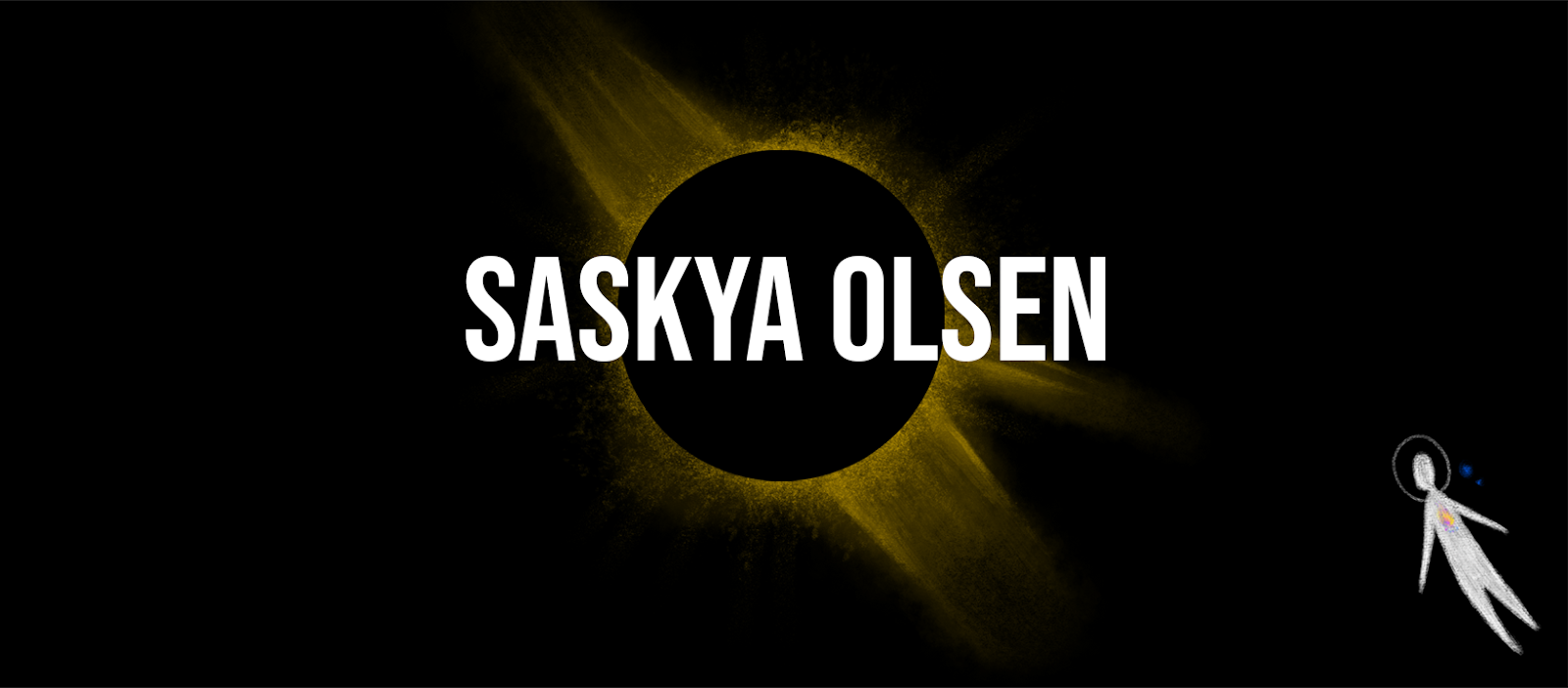Book Critique: Semiotics by Daniel Chandler
Despite being named 'the basic' study of semiotics, the book explores the term with relative detail by the last chapter. Daniel describes Semiotics as "the study of signs", similar to Roland Barthes' definition in 'mythologies'. I found the last handful of chapters extremely bewildering since the term is extensive. The image below shows how theorists have been influenced by semiotic interpretations by others before them, creating a web of names. This leaves the term 'semiotic' as something without a definitive meaning, as it changes depending on who you ask and who's book you read. I learnt how much independence I have over my own understanding of the term, which relates to semiotics themselves...
"to interpret something is to treat it as a sign" - this implies that even language is a semiotic.
"if you want to understand gender representation, deliberate reversals can be very revealing. Apply the communication test by looking at some printed advertisements featuring either women or men and considering the sematic shift if people of the other sex had been chosen and depicted in exactly the same way"
"metaphors need not be verbal. In film, a pair of consecutive shots is metaphorical when there is an implied comparison of the two shots." - does this put metaphors in the semiotic family? After all, metaphors rely on an interpretation.
"exnomination, when we refer to those beyond the groups to which we belong" - This term is therefore heavily evident in 'The Black Narcissus' and relating to the films use of orientalism.
"adopting a semiotic approach to cinematic editing is not simply to acknowledge the importance of conventions and conventionality but to highlight the process of naturalization involved in the 'editing out' of what 'goes without saying'." - Stanley Kubrick is very talented at this, evident in The Shining.
"to interpret something is to treat it as a sign" - this implies that even language is a semiotic.
"if you want to understand gender representation, deliberate reversals can be very revealing. Apply the communication test by looking at some printed advertisements featuring either women or men and considering the sematic shift if people of the other sex had been chosen and depicted in exactly the same way"
"metaphors need not be verbal. In film, a pair of consecutive shots is metaphorical when there is an implied comparison of the two shots." - does this put metaphors in the semiotic family? After all, metaphors rely on an interpretation.
"exnomination, when we refer to those beyond the groups to which we belong" - This term is therefore heavily evident in 'The Black Narcissus' and relating to the films use of orientalism.
"adopting a semiotic approach to cinematic editing is not simply to acknowledge the importance of conventions and conventionality but to highlight the process of naturalization involved in the 'editing out' of what 'goes without saying'." - Stanley Kubrick is very talented at this, evident in The Shining.



Comments